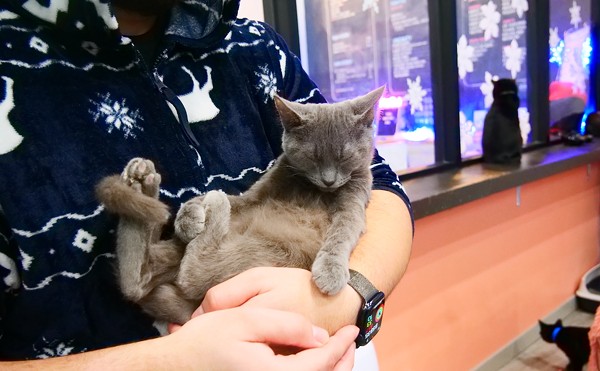As the crush of the Great Depression dragged on into 1939, the American Institute of Planners released a curious film simply called The City meant to screen at that year’s New York World’s Fair.
The striking collection of black-and-white footage sat at an odd intersection of documentary film, social commentary and borderline propaganda for one of the most radical experiments the United States government would ever undertake — the wholesale creation of entire self-sufficient “greenbelt” towns ringed by forests and farmland and built around collectivist principles.
The federal government built one of those towns, called Greenhills, on a flat sweep of farmland 15 miles north of Cincinnati.
These New Deal towns were meant to provide work and housing for those struggling under the harshest economic calamity the country had ever seen. But they also aimed to provide a new way of living together for the residents lucky enough to be selected as “pioneers” to settle there.
By the time The City was released, the escape from congested city life it advertised was more than a future-looking city planner’s fever dream. It was a brick-and-mortar, flesh-and-blood reality in three locations around the country, including Greenhills. But that dream — designed by a small cadre of advisors to President Franklin Delano Roosevelt, executed by his recently-created Resettlement Administration and championed in its early years by first lady Eleanor — was also dead by 1939, declared unconstitutional by a federal court.
Eighty years later, Greenhills still exists, both in memory and reality, its International Style white buildings surrounded by now-mature trees planted in spots dictated by federal planners’ diagrams.
If you ask many of the early residents alive today, they can still paint you a picture of the early years.
They’ll tell you about the dozens of kids at play in epic war games in the forests and fields that ringed the peaceful, isolated town. About the hours spent under the sun at the local pool or at potlucks where everyone knew everyone. About the cooperatively owned grocery store. About Roy Rogers and Flash Gordon flickering on a screen above the golden-hued hardwood floor of the gym in that towering white community building that looked out from the center of town. About John Baldwin, the police chief who knew everyone’s name and who would personally find a lost child or direct traffic as students walked to school. About ice cream socials, fish fries fueled by the shared spoils of the great fishing in the neighboring lake and fireworks displays so large they shut down Winton Road, the main street running through town.
For many original residents, the New Deal-era effort at Greenhills was a success.
But the legacy — and future — of the Ohio town born out of this radical experiment is cloudier today. The march of time and social conventions shed harsh light on the town’s segregated origins. And recent demolitions have leveled some of the town’s original buildings.
In some ways, the greenbelt towns — Greenhills; Greenbelt, Maryland outside Washington, D.C.; and Greendale, Wisconsin, outside Milwaukee — would presage the rapid suburbanization of many predominantly white, middle-class Americans in the coming decades. That development was privately undertaken, of course, but was also encouraged and in some cases subsidized by the federal government.
But in other ways, the towns exist in their own strange moment in time; one in which, for a brief few years, federal authorities flirted with openly collectivist goals even as they dictated that their futuristic utopias be racially exclusive.
Eight decades removed, the lessons of the greenbelt towns may still have some relevance as contemporary America rediscovers a love for walkability and urban green space in its cities and struggles with housing affordability, residential segregation and its fraught, complicated relationship with ideas and policies some would call socialist.
Read the full story — "An Incomplete Utopia" — here.
Greenhills: One of the Federal Government's New Deal-Era Experimental 'Utopias'
By CityBeat Staff on Thu, Jan 10, 2019 at 3:40 pm
Scroll down to view images
Page 1 of 3
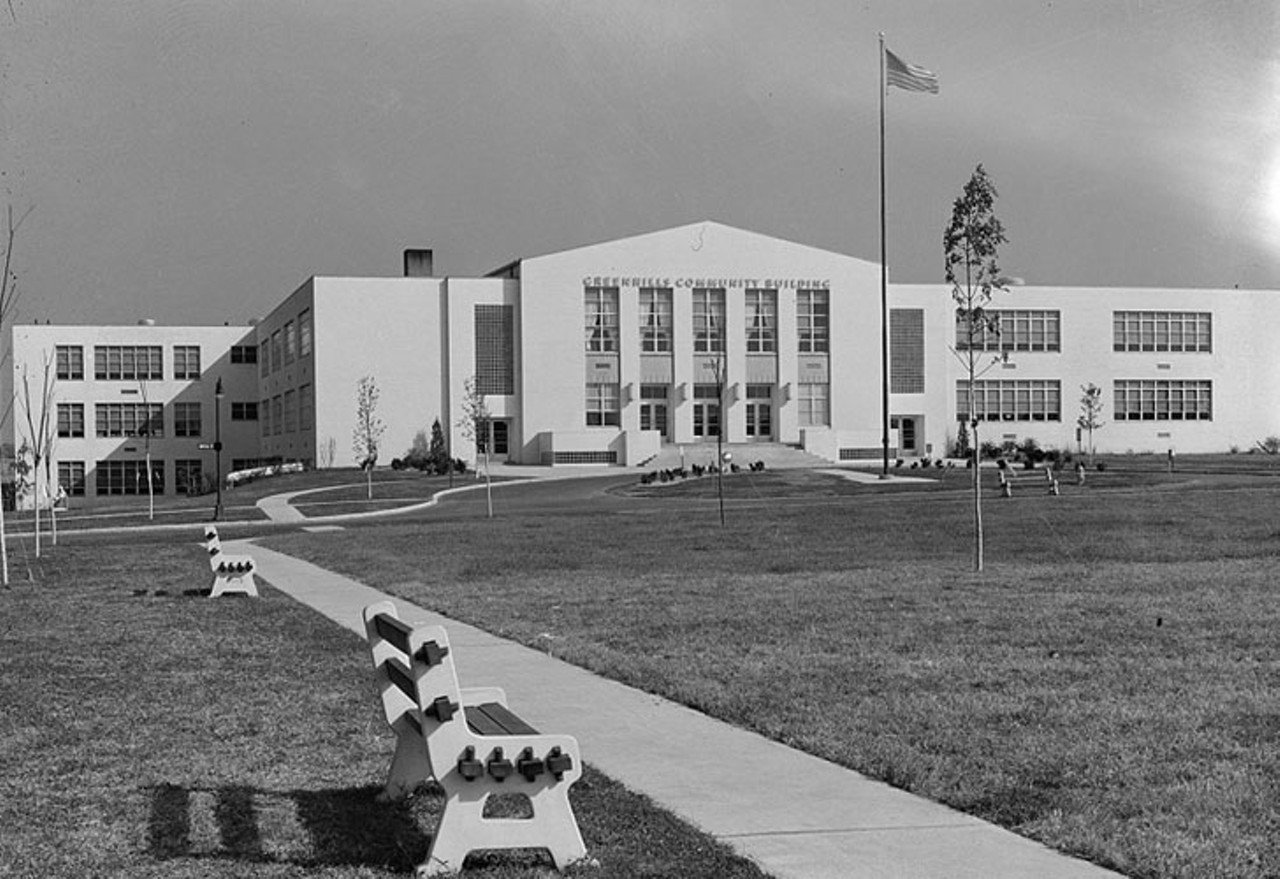
Greenhills Community Building and school, 1938
Photo: Library of Congress
Photo: Library of Congress
1 of 48

A mother walking in greenhills, 1938
Photo: Library of Congress
Photo: Library of Congress
2 of 48
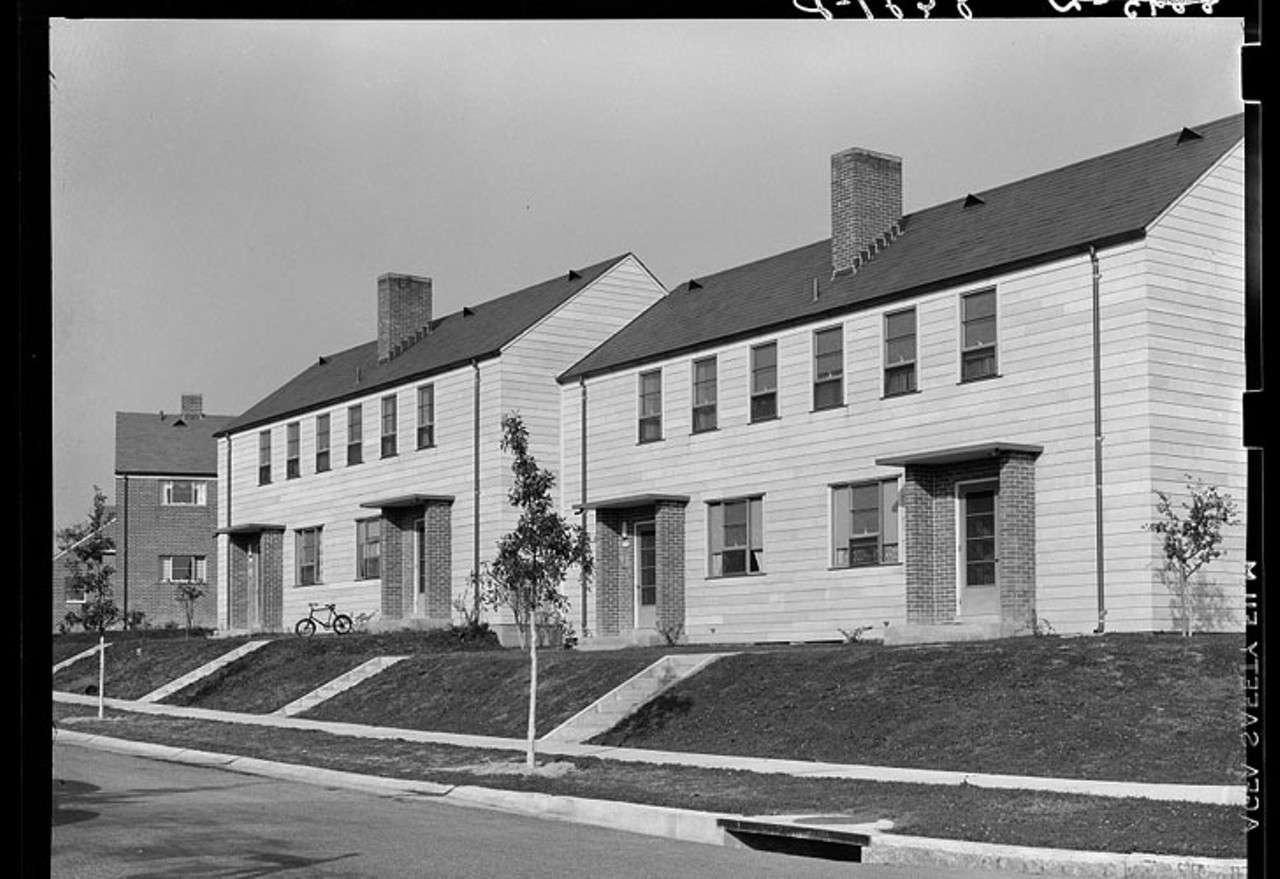
Greenhills, 1938
Photo: Library of Congress
Photo: Library of Congress
3 of 48
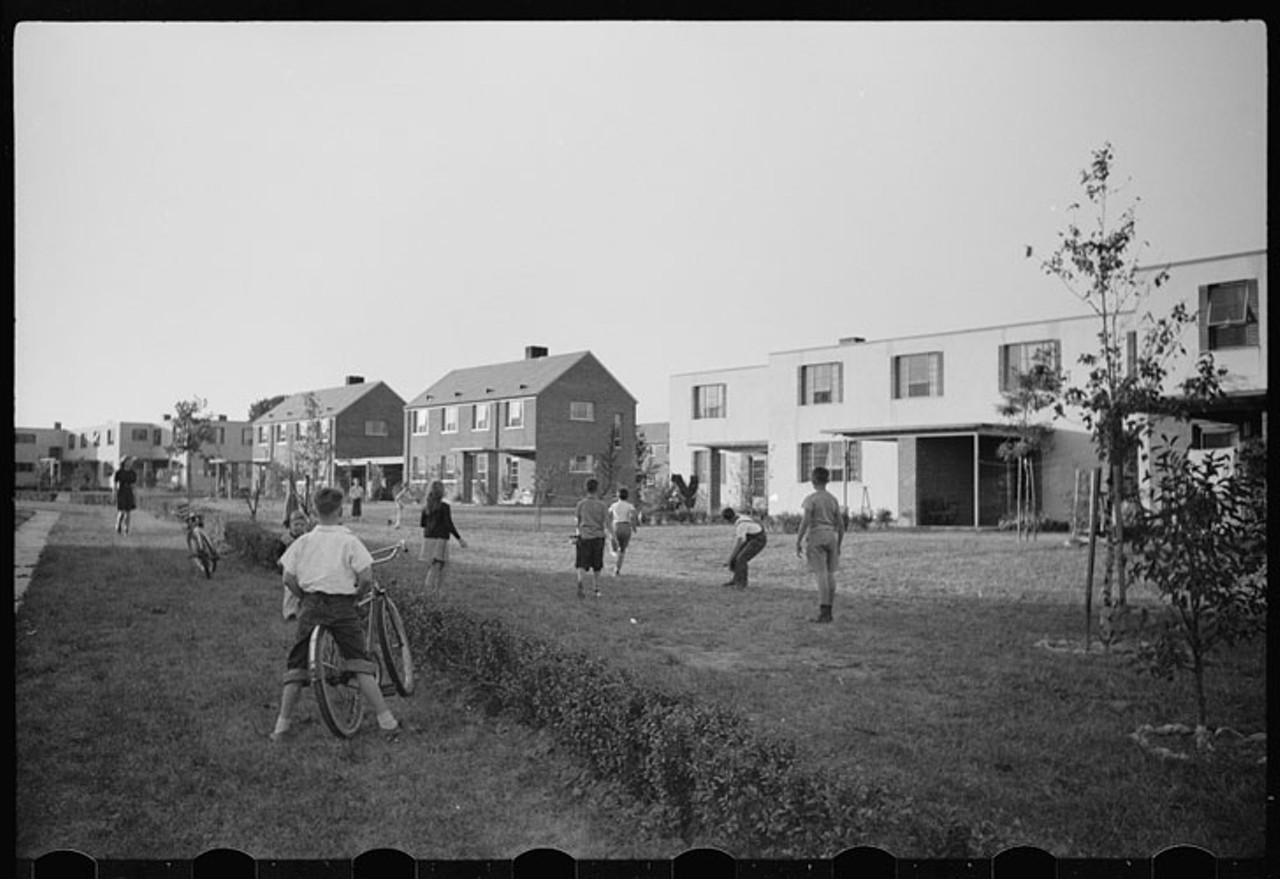
Kids playing in Greenhills, 1939
Photo: Library of Congress
Photo: Library of Congress
4 of 48
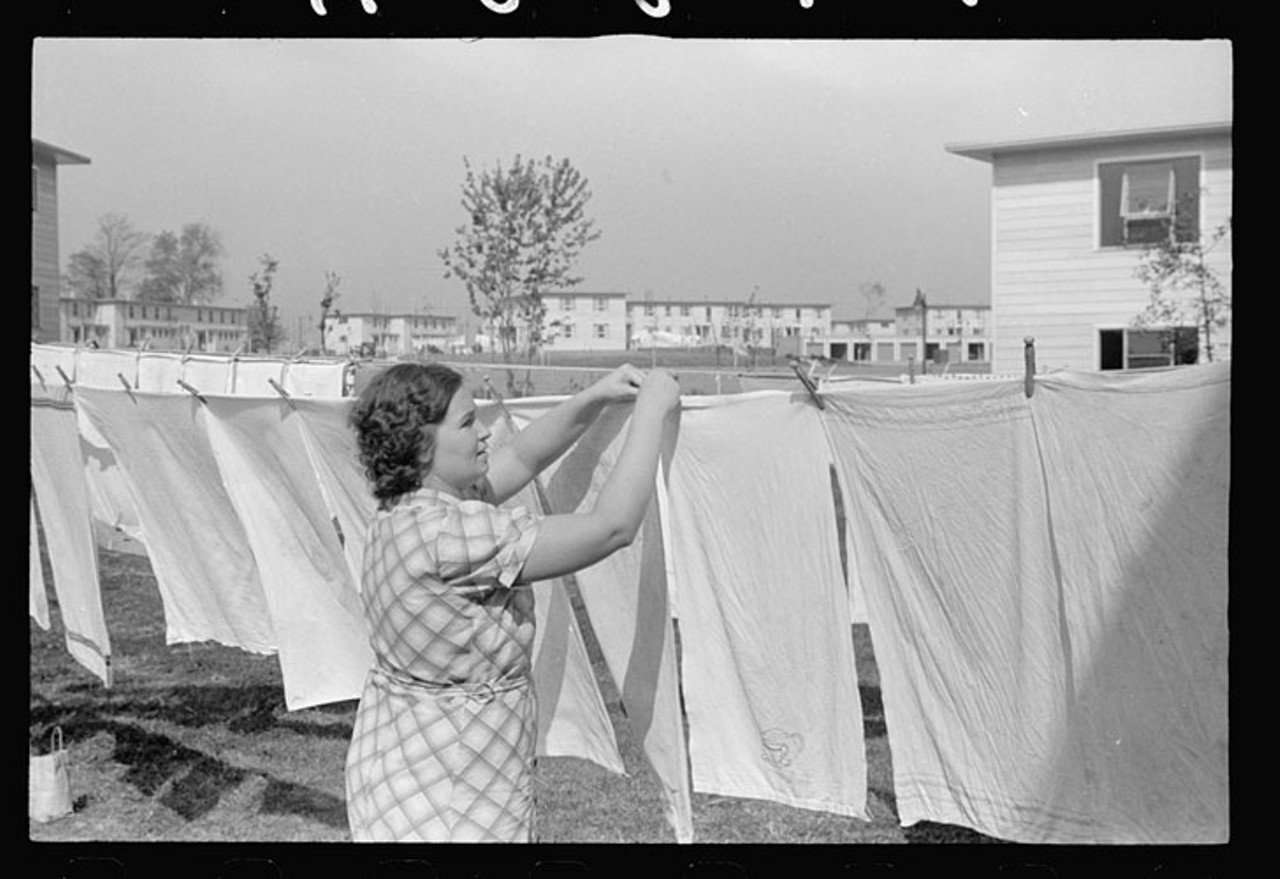
Hanging laundry in Greenhills, 1938
Photo: Library of Congress
Photo: Library of Congress
5 of 48
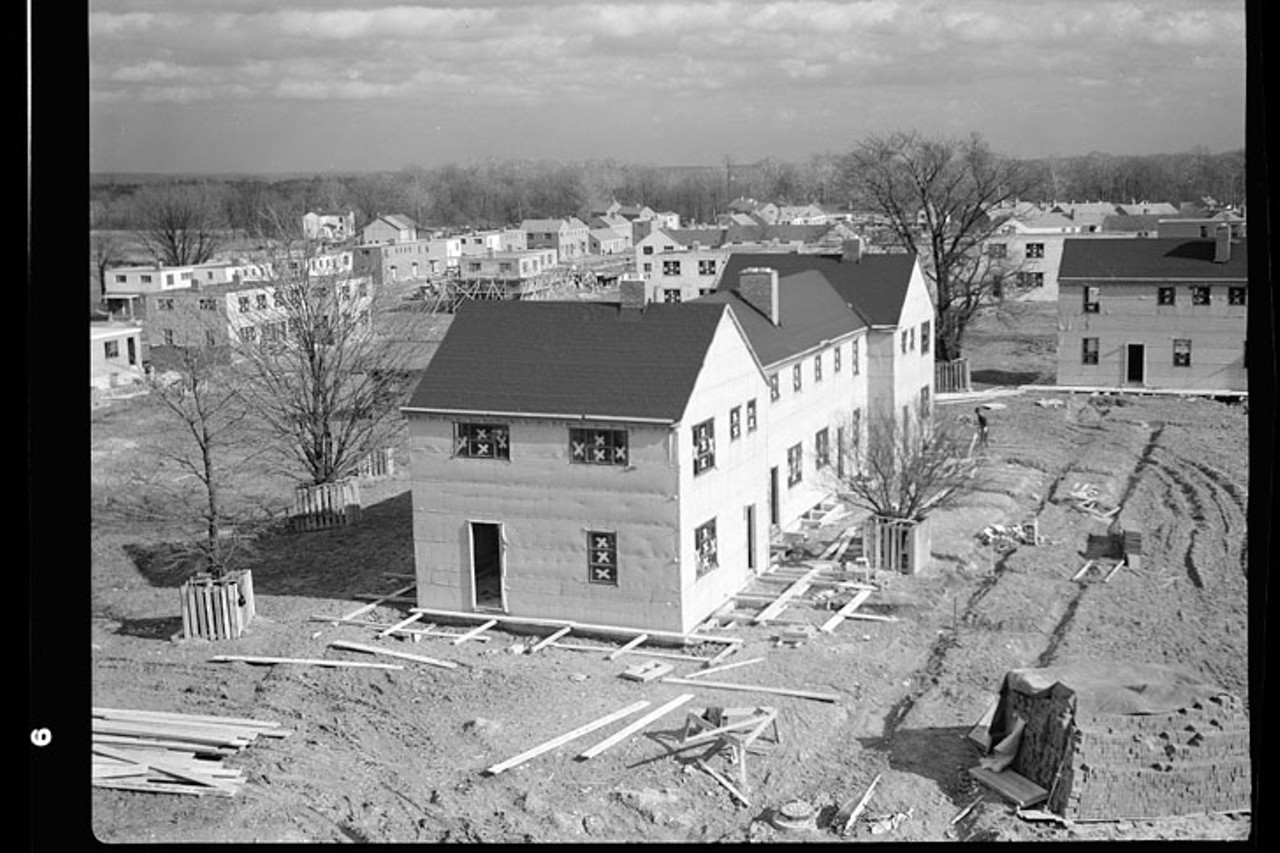
Greenhills under construction, 1937
Photo: Library of Congress
Photo: Library of Congress
6 of 48
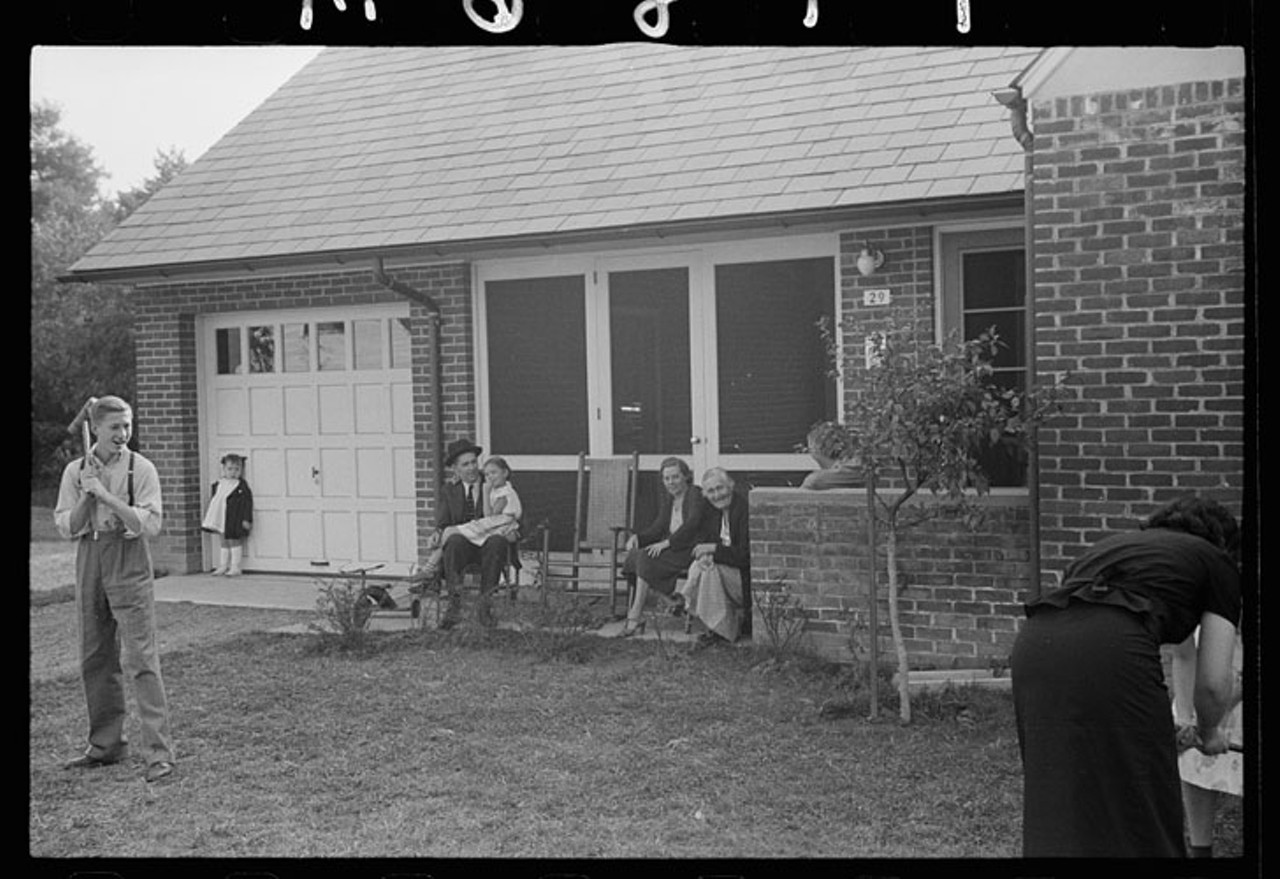
Greenhills, 1938
Photo: Library of Congress
Photo: Library of Congress
7 of 48
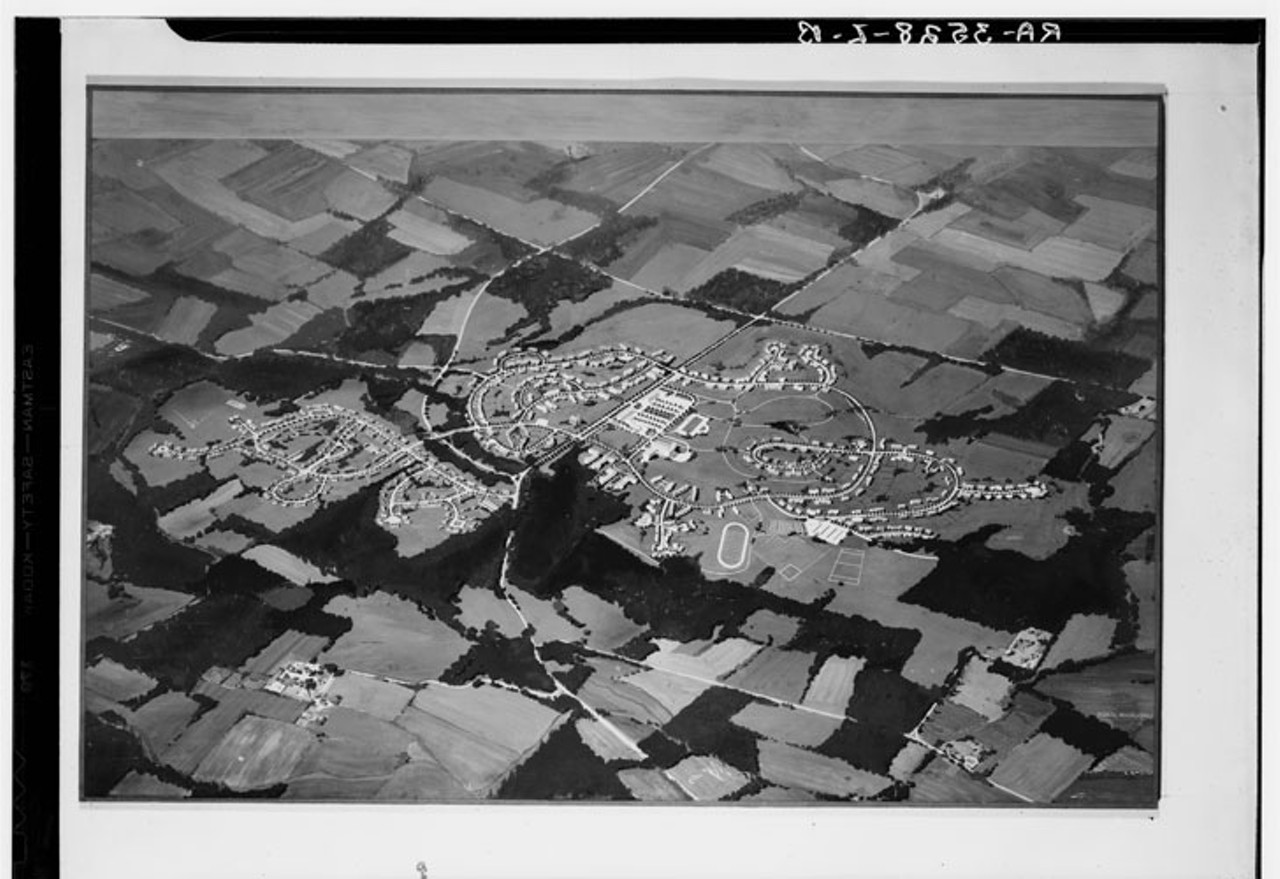
Overview of Greenhills
Photo: Library of Congress
Photo: Library of Congress
8 of 48
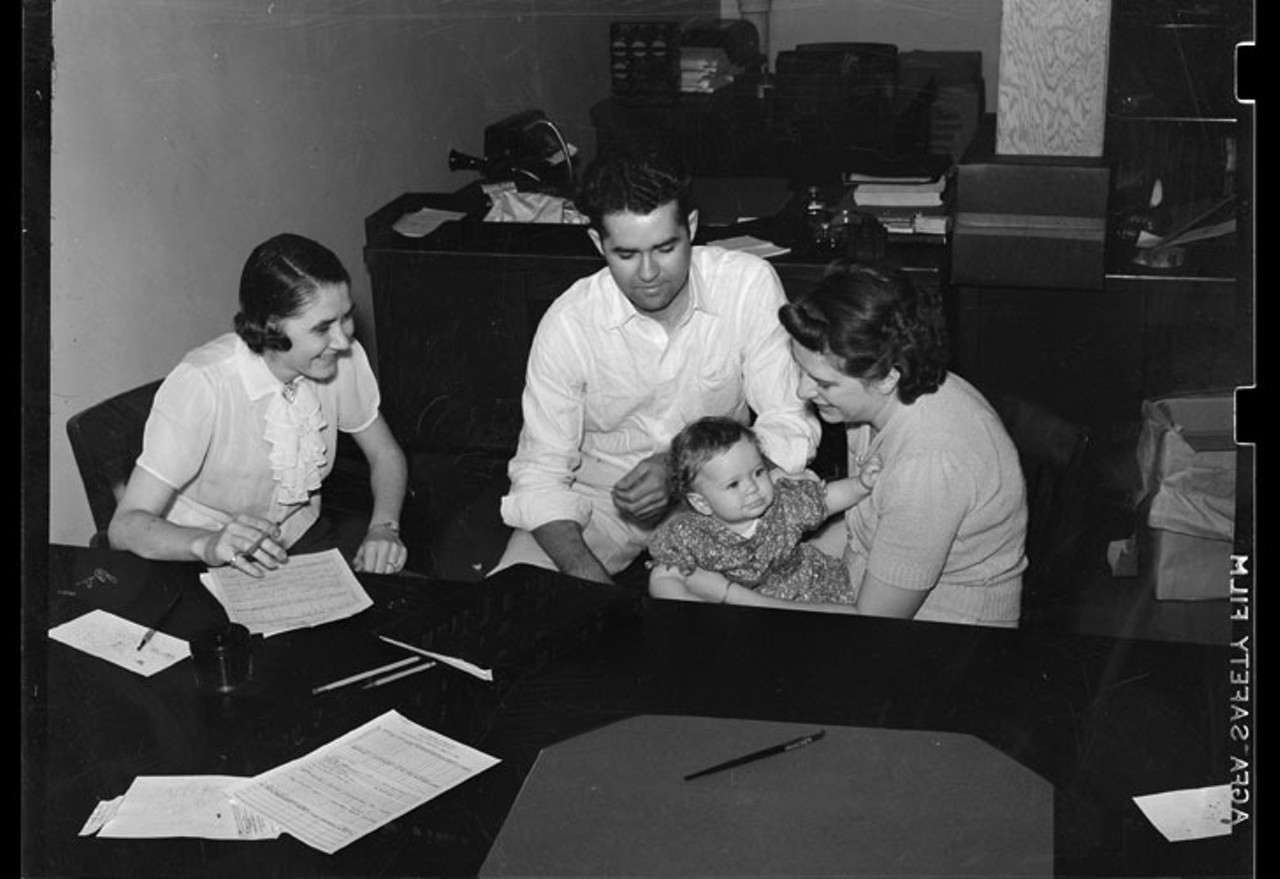
A family applying to live in Greenhills in 1938
Photo: Library of Congress
Photo: Library of Congress
9 of 48
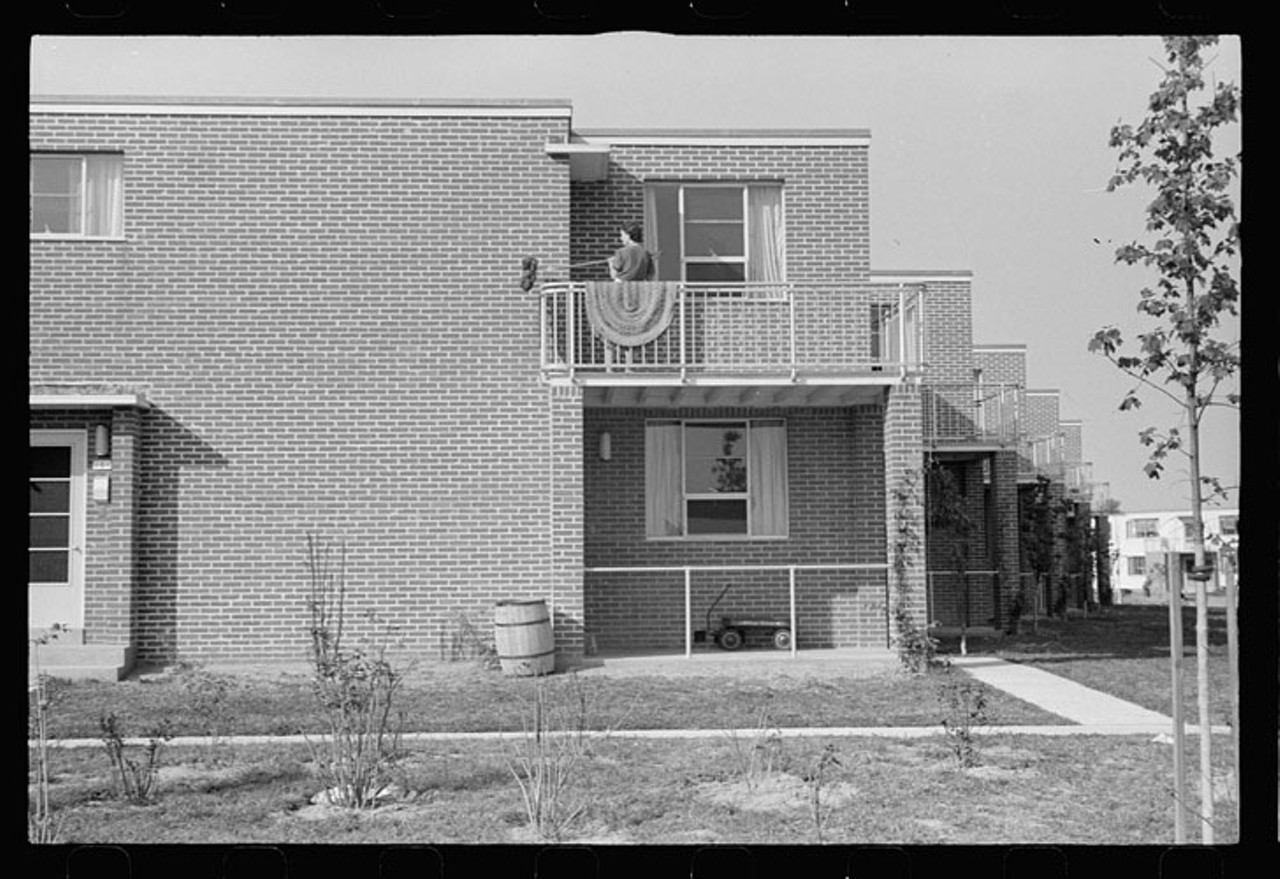
Greenhills apartments, 1938
Photo: Library of Congress
Photo: Library of Congress
10 of 48
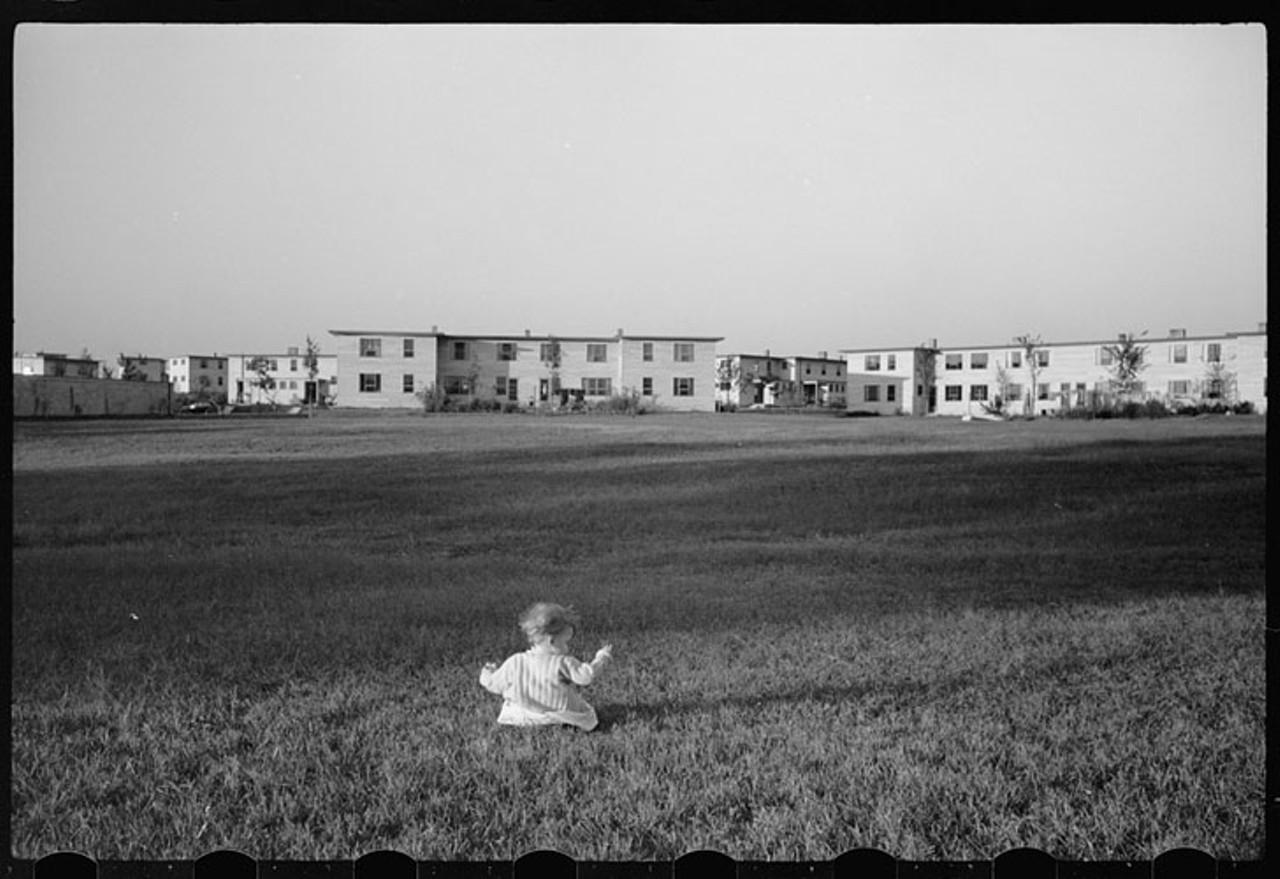
Baby in the grass, 1939
Photo: Library of Congress
Photo: Library of Congress
11 of 48
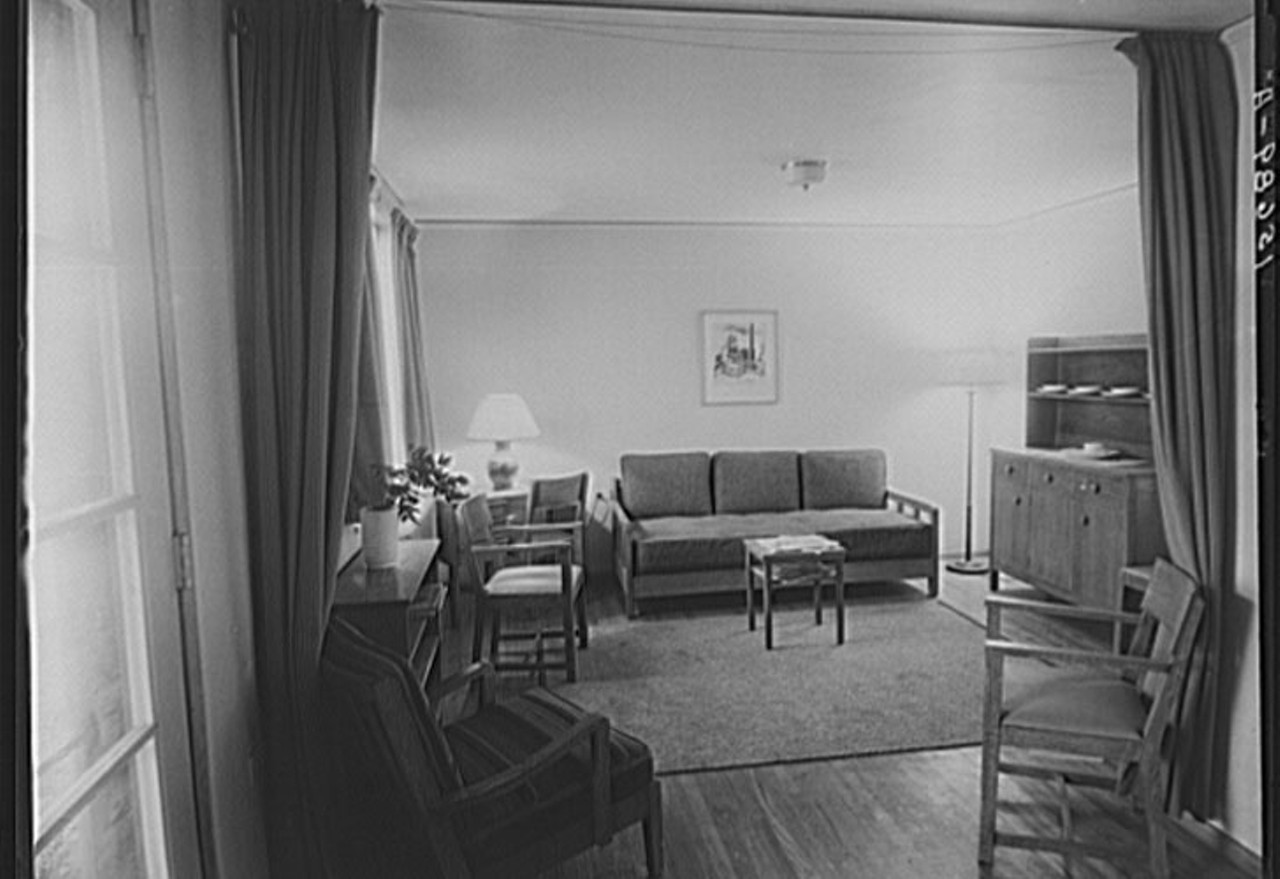
Greenhills living room
Photo: Library of Congress
Photo: Library of Congress
12 of 48
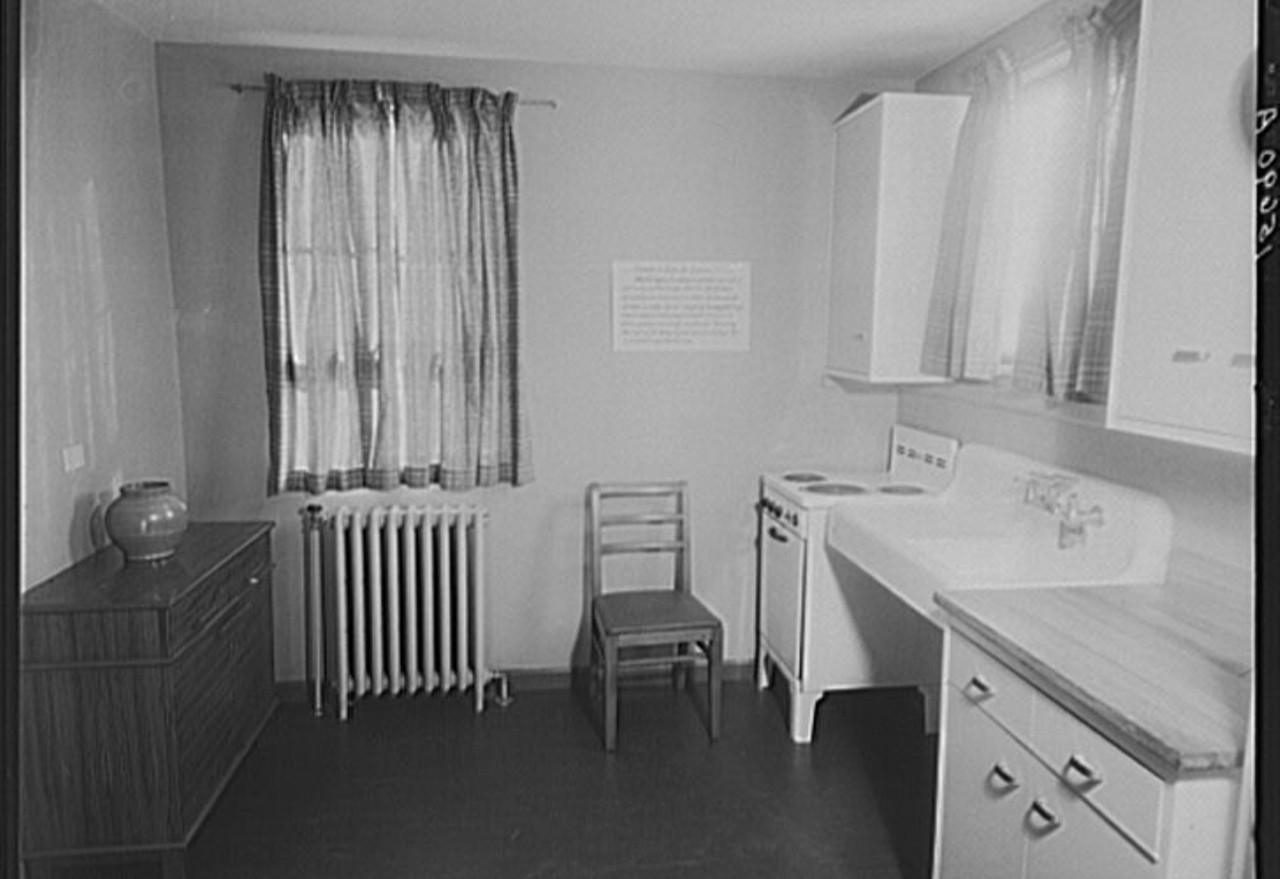
Greenhills kitchen
Photo: Library of Congress
Photo: Library of Congress
13 of 48
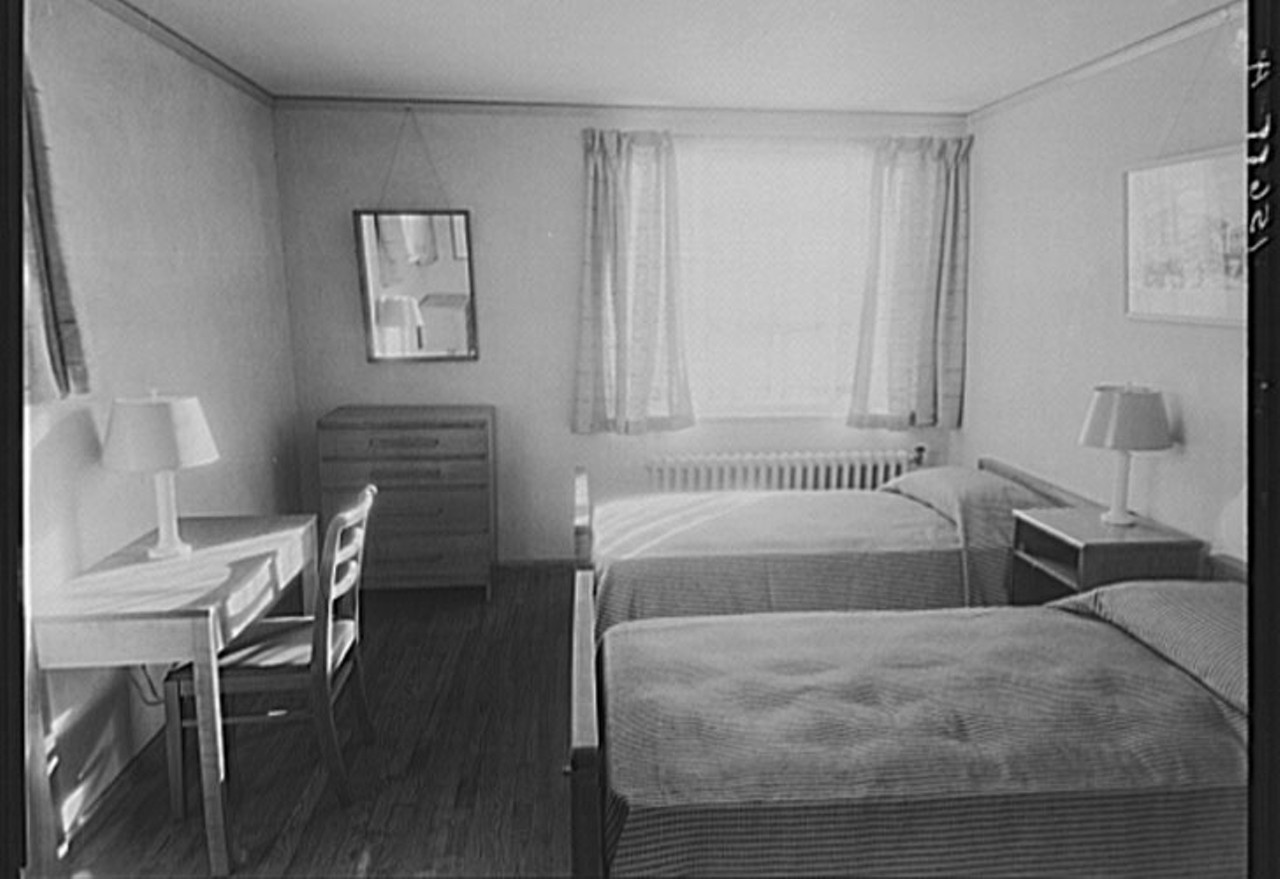
Greenhills bedroom
Photo: Library of Congress
Photo: Library of Congress
14 of 48

Kids on bikes, 1939
Photo: Library of Congress
Photo: Library of Congress
15 of 48
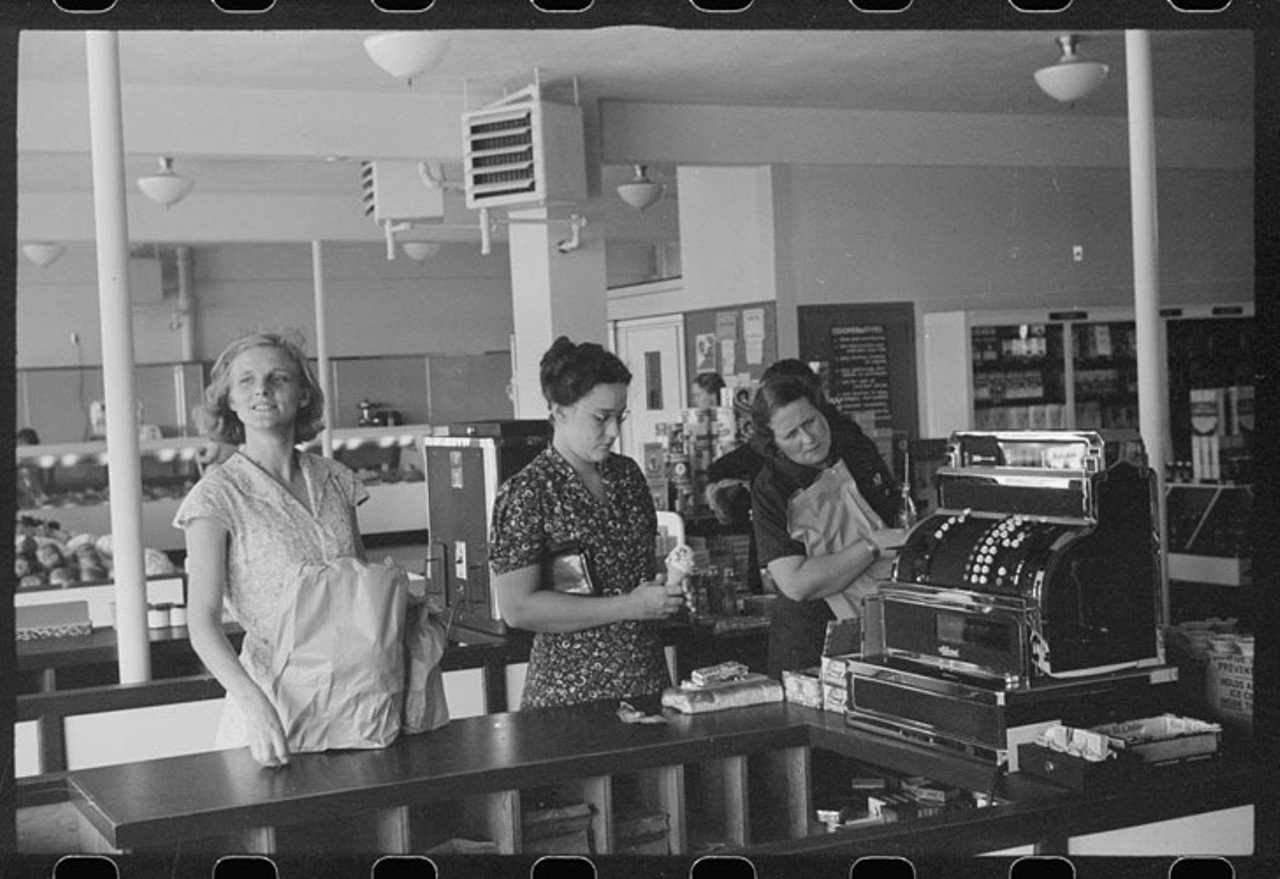
Greenhills grocery coop
Photo: Library of Congress
Photo: Library of Congress
16 of 48
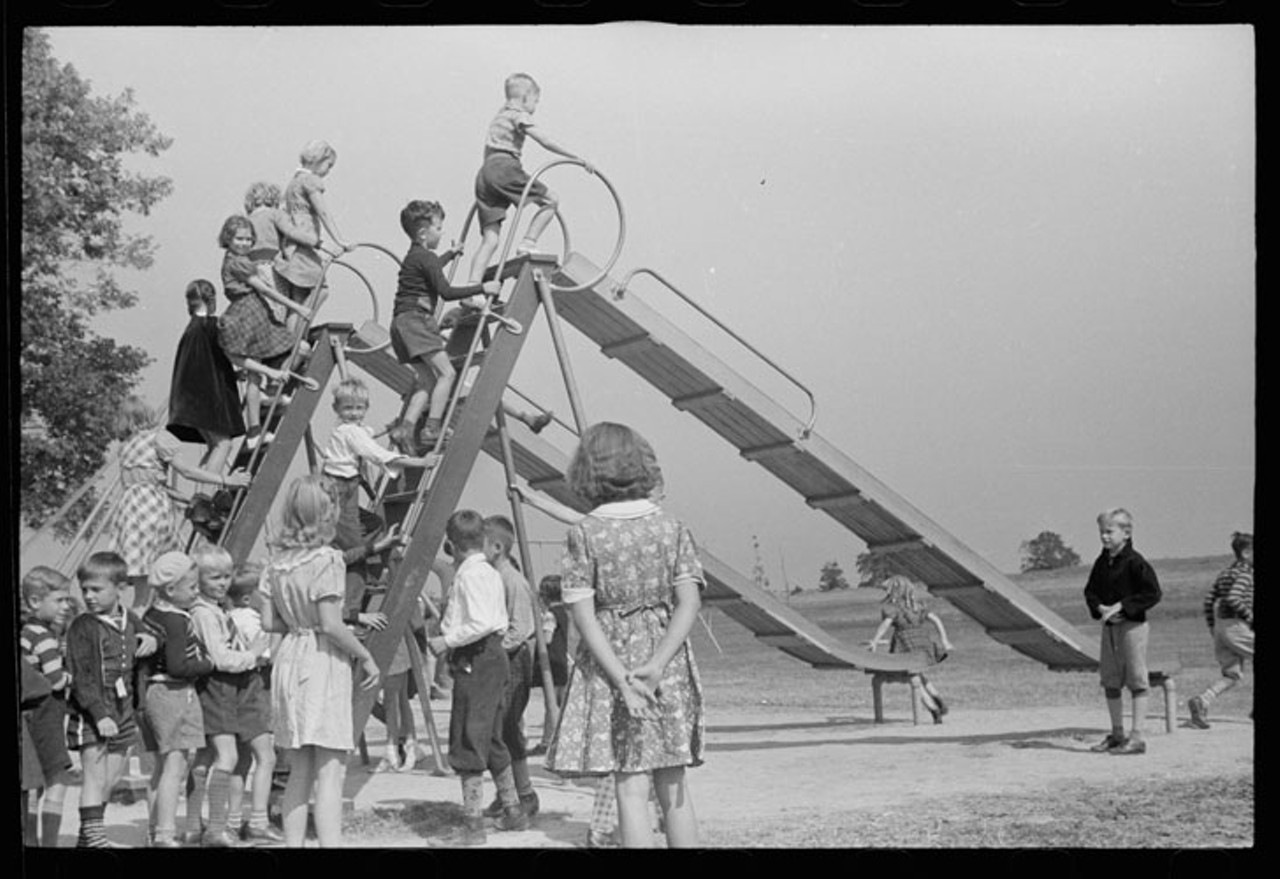
Schoolchildren at Greenhills, 1938
Photo: Library of Congress
Photo: Library of Congress
17 of 48
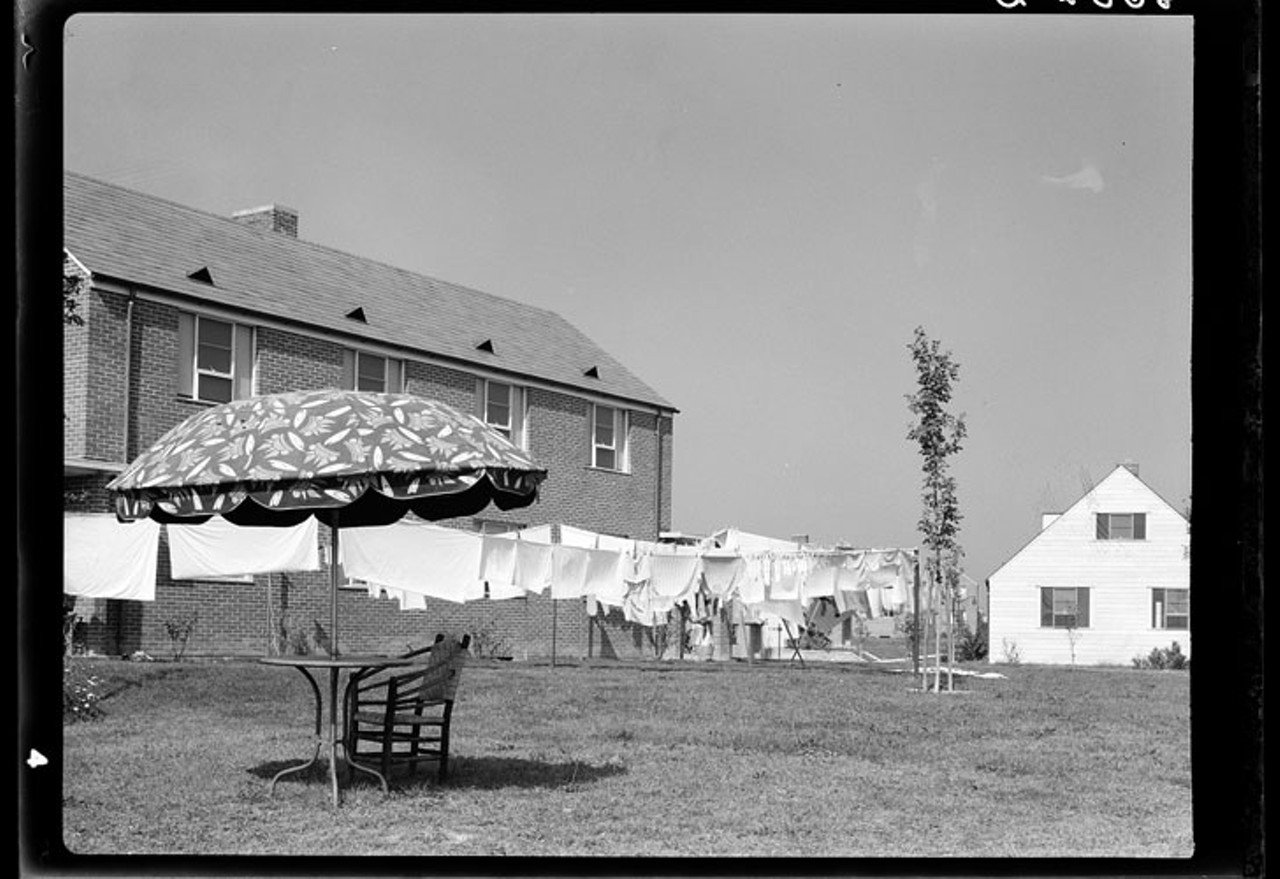
Laundry and patio set in Greenhills, 1938
Photo: Library of Congress
Photo: Library of Congress
18 of 48
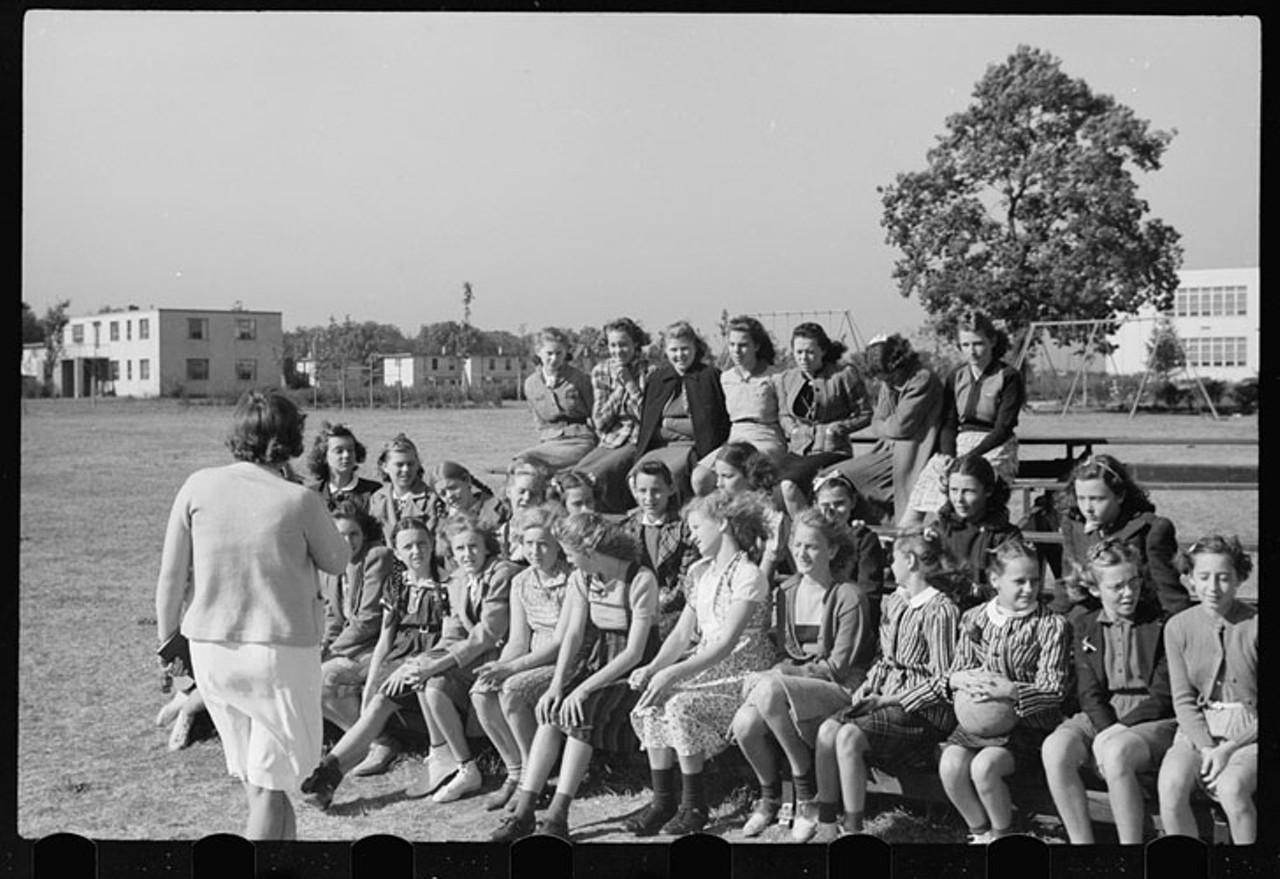
Girls PE class, 1939
Photo: Library of Congress
Photo: Library of Congress
19 of 48
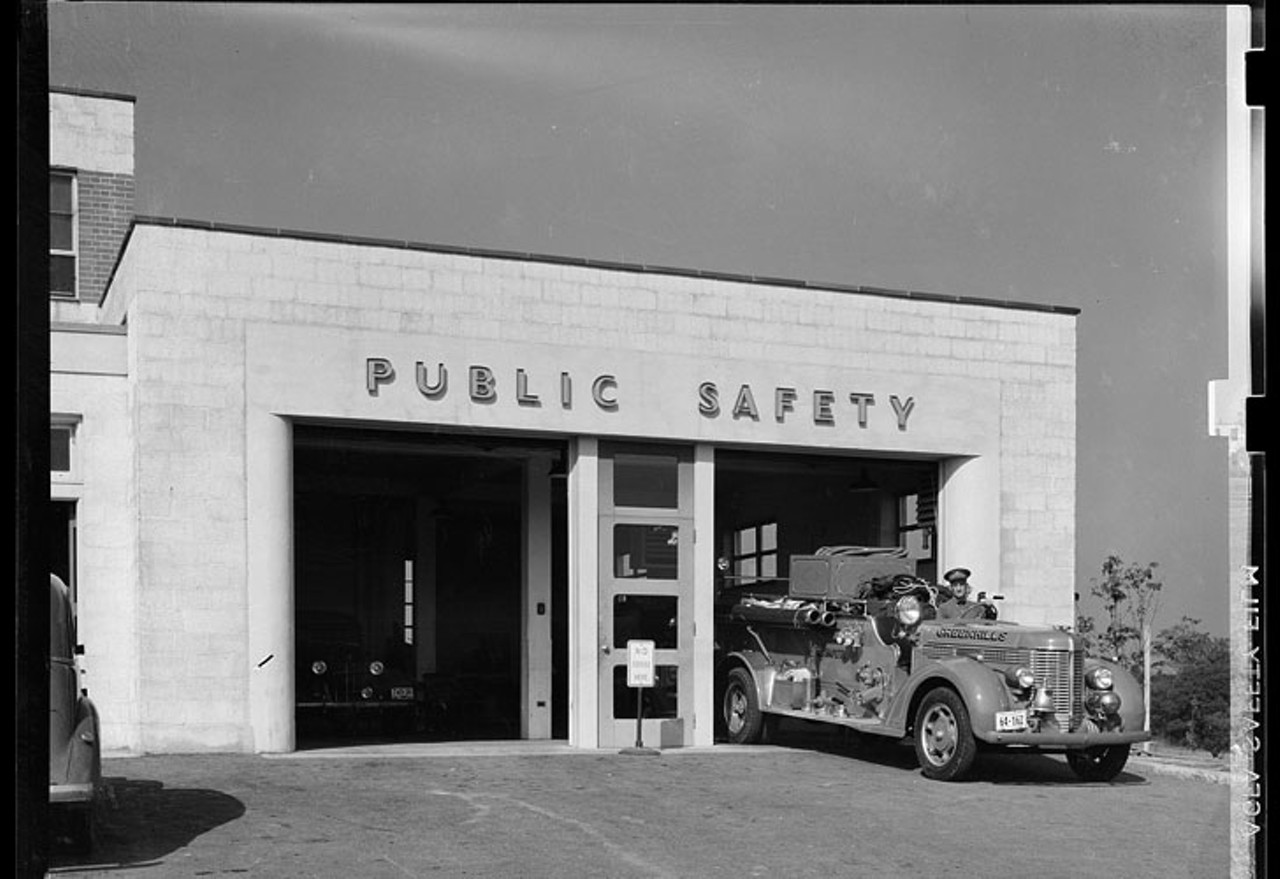
Fire station, 1938
Photo: Library of Congress
Photo: Library of Congress
20 of 48
Page 1 of 3
- Local Cincinnati
- News & Opinion
- Arts & Culture
- Things to Do
- Food & Drink
- Music
- Cincinnati in Pictures
- About City Beat
- About Us
- Advertise
- Contact Us
- Work Here
- Big Lou Holdings, LLC
- Cincinnati CityBeat
- Detroit Metro Times
- Louisville LEO Weekly
- St. Louis Riverfront Times
- Sauce Magazine



